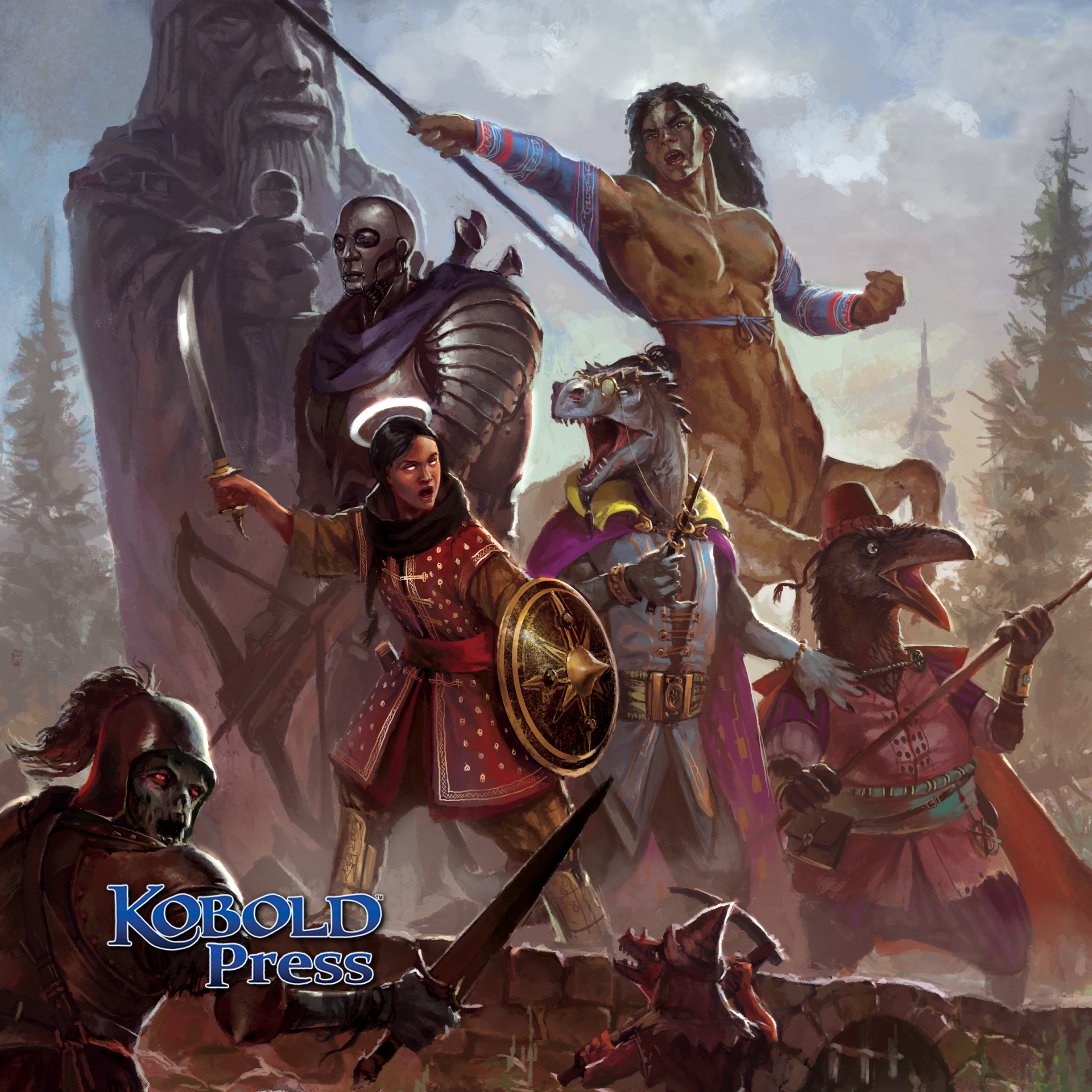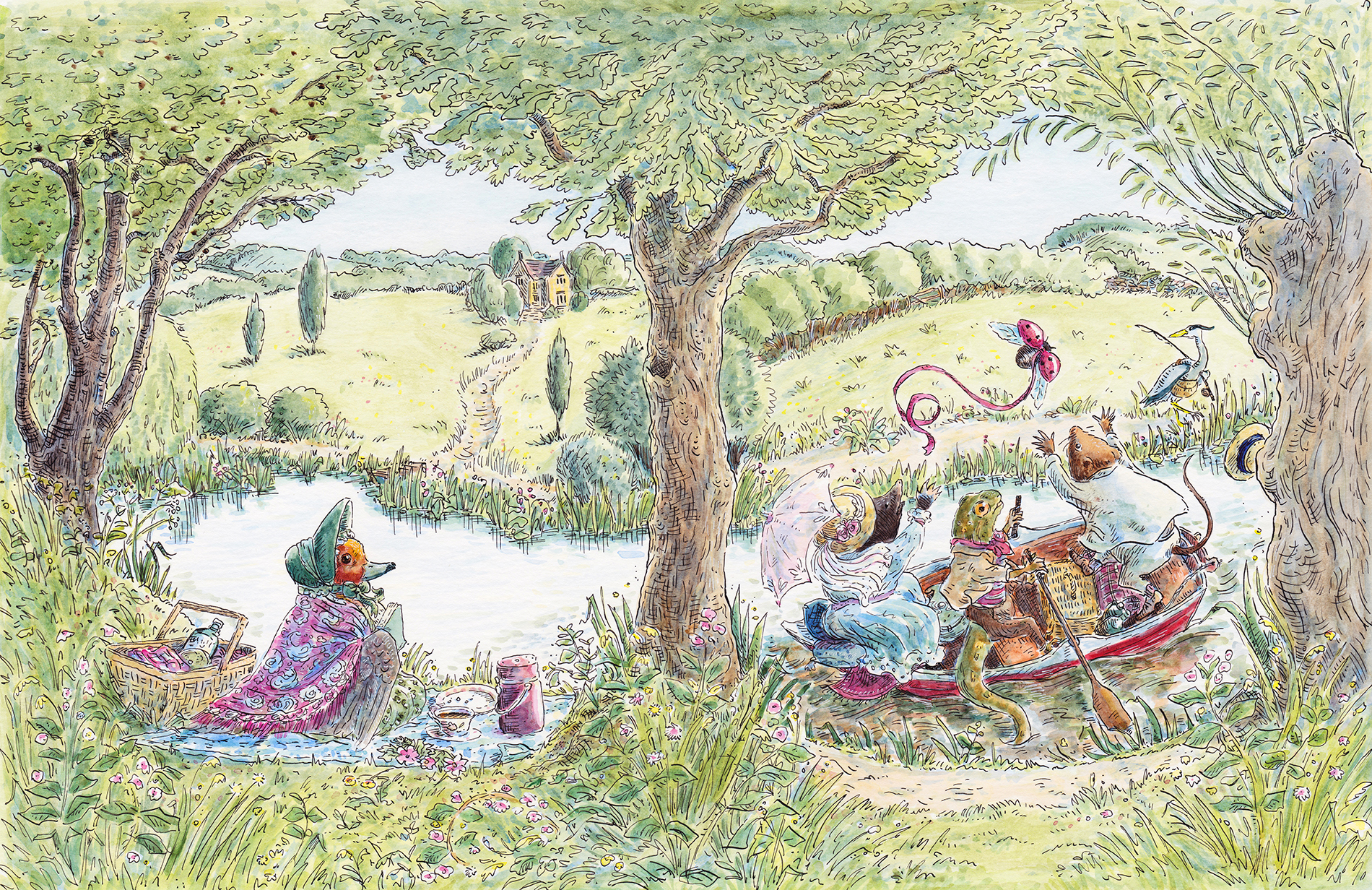
A big question in roleplaying as a hobby is, “How do I not just be me?” That’s kind of a trick question. You’re always you. You can’t not be.
But you can play with thinking like you’re not you. And you might surprise yourself by what you come up with when you’re playing.
Some people like to imagine their characters as whole, rounded people with thoughts and morals and drives, in the same way that an actor might prepare for a role. However, this isn’t the only way to approach it. Your character is not necessarily a whole, rounded person. A character is someone you create, and by necessity, it’s a subset of you.
So it’s OK for your character to be a little more 2D than you are. It might be better than OK. It might even be just the ticket.
This is part 2 of this article. Get up to speed with part 1 here!
Find Your Character
One way to develop a character quickly is to find an archetype and use it to inform your decisions.
“Archetype” is a word that gets thrown around in roleplaying. This particular use of the word refers to Jungian archetypes, as defined by the Swiss psychologist, Carl Jung. He theorized that certain behavioral patterns keep occurring in humans, and he named twelve “original patterns” that humans keep coming up with. He eventually called them “archetypes.”
Jung believed that these archetypes, these patterns, occurred across places and eras. They keep happening, transcending an individual experience.
Note that for purposes of this article, a lot is being glossed over or ignored from Jung’s theories. There’s plenty of good takeaway without going all Psych 101 here.
Archetypes are not like star signs or personality types. You don’t necessarily find one and proclaim, “It me!” A real person will display all of these patterns at different times.
Characters, though? They can be more behaviorally shallow. You can pick one and let its pattern guide your character choices. If you wander out of it and start acting like a different archetype (or none of them), that’s fine too. People aren’t only one thing. But you can use an archetype’s wants and fears as a template of sorts, to behave in-character in a way that is different from how you’d normally react to circumstances.
The Archetypes
There are twelve agreed-upon archetypes. This article looks at the remaining six of them. Each entry lists identifying wants and fears, and some notes about how to roleplay with them. Then each entry closes with a short list of classes that typically play into that archetype. Of course, any class can fit any archetype, but some are easier to imagine than others.
The Explorer
Wants: freedom, authenticity
Fears: trapped, emptiness
The explorer archetype wants to—you guessed it—explore. Adventure, discovery, and seeking experiences outside what they already know is their thing. This can be a step out from the limited experiences of a small society or childhood. Or maybe it’s a larger urge to discover the whole wide world.
An explorer over the edge is unfulfilled and reckless. They hide from responsibility or hard tasks in favor of a new “adventure.” In extreme cases, the explorer ignores danger completely and to escape their perceived trapped state, experiments with addictive substances or heedless thrill-seeking.
Good classes: barbarian, fighter, ranger, rogue, sorcerer
The Orphan
Wants: Connection, belonging
Fears: Standing out, being left out
In contrast to some other archetypes, the orphan starts in their fears, reacting to feeling left out and abandoned. They seek connection by being useful and looking for someone to take care of their neglected parts. They want to fit in, and they’re good at reading the room and finding a way to harmonize.
That harmony can be a mask that the real character hides behind. An orphan’s craving for belonging can lead them to be manipulative and at the same time, easily manipulated. The prevailing culture, good or bad, is what an orphan risks conforming to., all in the name of getting along.
Good classes: cleric, monk, rogue, sorcerer, warlock
The Rebel
Wants: Revolution, change
Fears: Powerlessness, ineffectuality
The rebel’s defining characteristic is defiance. They don’t like the way things are and want to change them forcefully. In best case scenarios, they force change in systems and organizations that have gone wrong, bringing about a better result.
Self-destruction is the end of the line for a rebel gone too far. They fear that their desire to change a situation will be fruitless, and their efforts to make that change will drive a rebel to more extreme measures until they burn out.
Good classes: cleric, druid, monk, ranger, warlock
The Creator
Wants: Make lasting value
Fears: mediocrity
The creator is an artist, but more than that, they’re a generative being. Mythologically, these are deities and world-makers. But for character purposes, they’re imaginative, innovative creators. They have an ambition for self-expression and a willingness to embrace new things.
The negative aspect of a creator is obsession and perfectionism. A creator gone bad won’t accept things that are merely “good.” Like the downside of the sage, this leads to isolation, rejecting anyone or anything that doesn’t live up to their standards.
Good classes: bard, druid, mechanist, sorcerer, wizard
The Jester
Wants: Joy, humor, light-heartedness
Fears: Boredom, or being boring
The jester values happiness and pleasure beyond all other concerns. A jester tries to break down walls and help situations with positive energy, pointing out weaknesses in unexpected ways to allow other people to shore them up in a safely.
The shadow of the jester is the trickster. They use the same tactics of foolishness and inversion, but it’s done to harm and shame other people. Lies, manipulation, and crude behavior characterize the trickster, a summary of inferior traits.
Good classes: bard, mechanist, monk, rogue, wizard
The Magician
Wants: to make dreams come true
Fears: unintended consequences
The magician is a pretty straightforward archetype to imagine in a fantasy game. The meaning of it is about using secret knowledge to make change. A magician sees the hidden patterns and secrets under the surface of things. They use that secret knowledge to bring a vision to life.
When the magician uses that secret knowledge to selfishly manipulate others, the archetype has gone off a cliff. These characters might gather power for its own sake, or to enforce a destructive agenda. Whatever dream the magician wanted to bring about turns out to have horrible, unforeseen side effects.
Good classes: mechanist, paladin, sorcerer, warlock, wizard
Do you see your current character in any of these? Try playing into it and seeing where it leads you!
It’s the lazy middle days of crowdfunding with RiverBank. Grab your friends for a waltz of whimsy, a hint of hilarity, and a dollop of drama.
See what all the pother is about!

